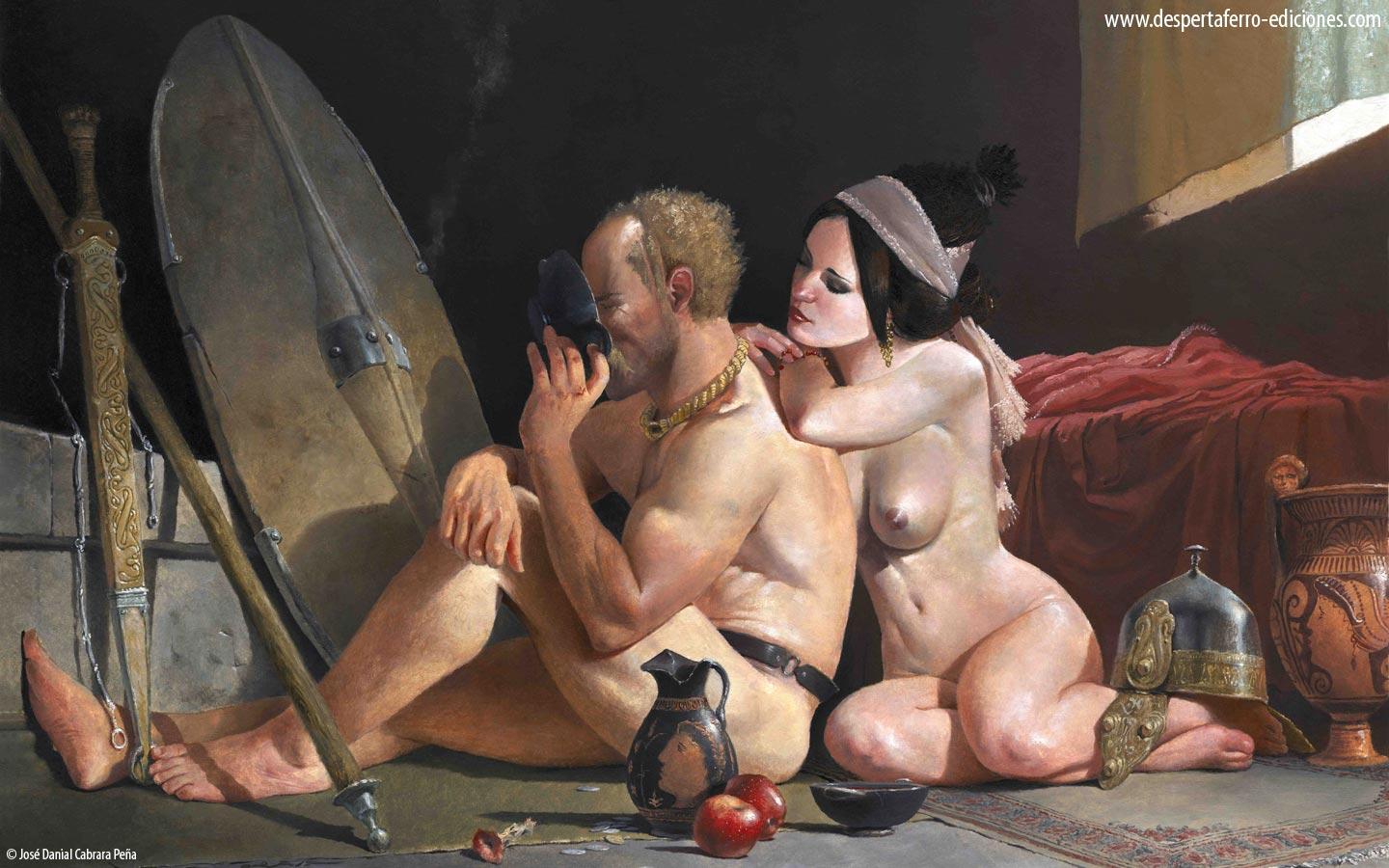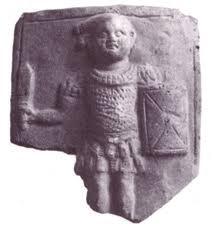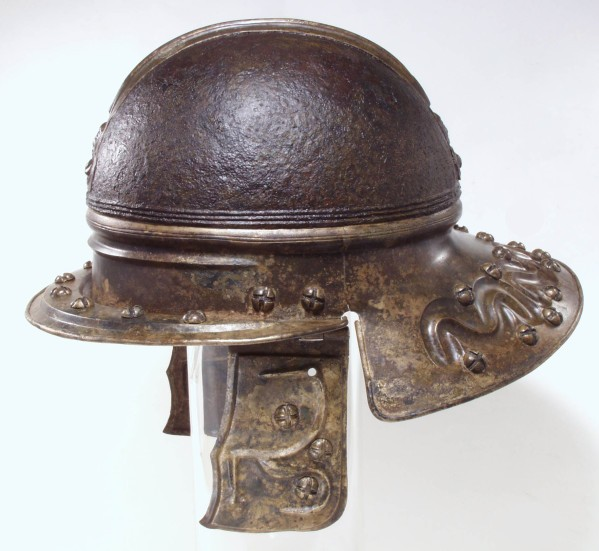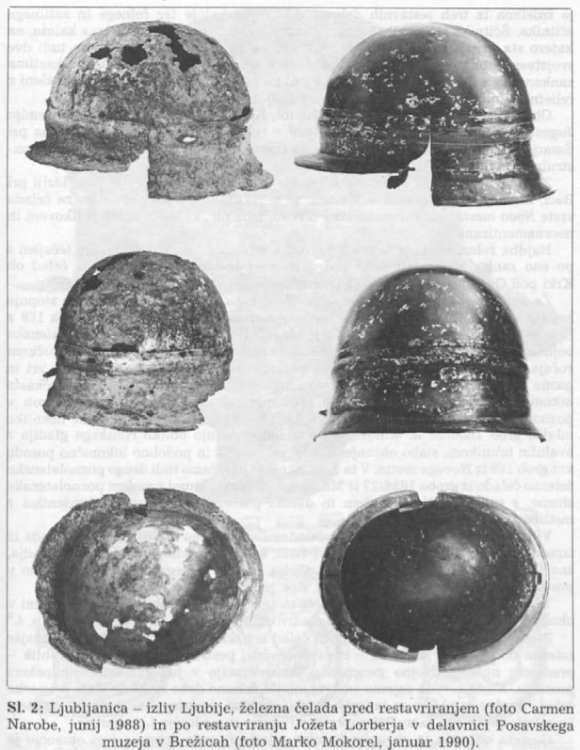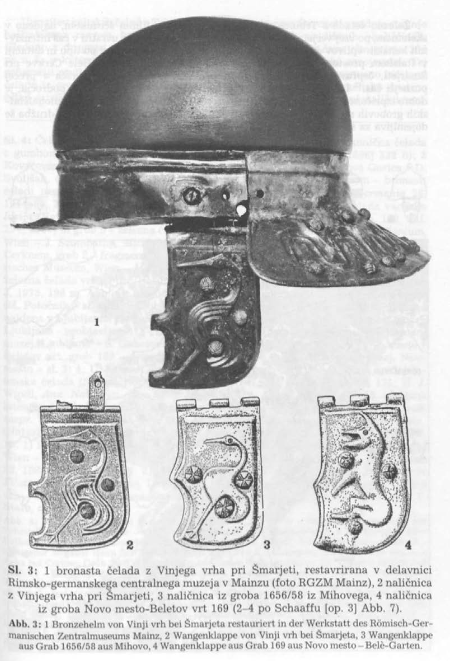-
Posts
2.379 -
Joined
-
Last visited
-
Days Won
80
Everything posted by Genava55
-
.thumb.jpg.b21ca1d0c15fb56b42c39b25a0a40815.jpg)
Splitting our civs in groups - Fixing the balancing problem
Genava55 replied to wraitii's topic in Gameplay Discussion
-
.thumb.jpg.b21ca1d0c15fb56b42c39b25a0a40815.jpg)
===[TASK]=== Crowd Sourced - Illyrians (Faction)
Genava55 replied to wackyserious's topic in Game Modification
Mmm the wikipedia article is not coherent, in the beginning it is said as belonging to the Enchele territory but further in the page it is said as belonging to the Dassaretae. A quick glance in Google Scholar gave me this thesis about interactions between Illyrians and Epirotes: https://tel.archives-ouvertes.fr/tel-02493973/document It seems Selca is associated with the ancient city of Pelion. The author notes the uniqueness of the tombs in comparison with other Illyrian tombs and burials, they are closer to the Macedonian kind. Four names are written on the tombs, Μηκος (the architect), Γενθιανὸς, Πλάτορος and Γένθιος. Excepted the first one, the others look Illyrian. So yeah, it could be a good idea as a wonder. -
Not necessarily accurate but it gives an idea how it could have been. Although the symbolic depiction of the lion skin is maybe probably mythological. Edit: Different coins minted by Alexander and his successors: https://www.coinarchives.com/a/results.php?search=Alexander+the+Great+&s=0&results=100 https://www.moderncoinmart.com/info-vault/articles/coins-of-alexander-the-great.html https://coinsweekly.com/the-coins-of-alexander-iii-the-great-of-macedonia/
-
Seriously?
-
Yes I know but I didn't want to be confusing for new member of the forum.
-
Maya as an invariant noun seems to be the most correct usage. Good point. http://yucatantoday.com/maya-mayas-or-mayan-clearing-confusion/?lang=en
-
The current version of 0 A.D. in development is focusing on the time span 500 BC - 0 AD. Further development in the future could include 0 - 500 AD. The ancient Egyptian civilization start to collapse after the end of the New Kingdom in 1070 BC. The Minoan civilization vanishes around the same date. So their inclusion in the vanilla version of the game is not planned. However, a mod centered on the Late Bronze Age and Early Iron Age is planned: https://wildfiregames.com/forum/index.php?/forum/420-aristeia/ The Han dynasty of ancient China is a candidate for the game as a new civ. You should try the mod of @wowgetoffyourcellphone, he already included this civilization. See his mod there: https://wildfiregames.com/forum/index.php?/forum/448-delenda-est/ You can download a mod by following those guides: https://trac.wildfiregames.com/wiki/Modding_Guide About them, the mod Terra Magna is planning to include much more Asian, American and African civilization. https://www.moddb.com/mods/rote
-
If he wants to politicize the statue, let's do it with a democratic poll in Bristol. The city is mainly on the left wing, so nobody should be afraid of a democratic process.
-
Ahaha thx. I didn't see it was also a chapter. I see how I can get it in case.
-
Someone took it in photo from the museum of Lyon, it said Roman Egypt and it represents Harpocrates https://commons.wikimedia.org/wiki/File:Harpocrates_riding_MBA_Lyon_H2349.jpg
-
If someone has access to this article: https://brill.com/view/book/edcoll/9789004324763/B9789004324763_016.xml There is this picture in it (according to google)
-
Celtic I doubt so. Italic maybe. Although the absence of spina and of shield boss is particular for an Italic shield.
-
I think something that should change in US culture and mentality is their excessive and twisted faith in meritocracy. A lot of people in the US do not understand how socio-economical disadvantages can undermine the destiny of individuals and their community. It is really tiresome to hear US politician labelling their opponent as communist or marxist simply because he/she defends a better social system.
-
A bold claim I assume entirely. But I don't think it is as bold as saying moral values are on the same level than mathematical theories. It means simply that you cannot test a set of moral values and you cannot replicate it. There is no demonstration on the level of a scientific theory. Most defenders of moral absolutism are slightly disagreeing with each others on which values are absolute. The same for moral universalism. For me it is really important to point it out that you cannot hold the entire truth of what is wrong and what is right and everyone should remembers the fact that your opinion on the moral is as much flawed than the human nature. In my opinion, people having an issue with a statue are simply displaying an excess of ego and confidence about their righteousness and are trying to use a monument as a political symbol in the debate. This is politicization of historical monuments and it shouldn't be taken lightly. I can understand the issue with Confederate monuments because they are politicized from the beginning but for monument like Columbus statue this is not the case. People seeing the world only through their ideological and political lens are really a danger in my opinion.
-
He is really responsible for this? I don't think so. The statues are a part of history either. The image of Columbus in US history is not based on his tyranny against the natives. If he was revered as an important figure of US history three centuries after his death, this is mostly based on the adventurous explorer imagery. See Irving biography of Columbus, it had a big impact on public opinion: https://en.wikipedia.org/wiki/A_History_of_the_Life_and_Voyages_of_Christopher_Columbus
-
Moral is not really a fact. There is no physical law making an action right or wrong. This is always a matter of point of view. Moreover, moral judgement is often driven by emotion as much than reason. If again I take the example of Genghis Khan, he was viewed as a tyrant and a bloody conqueror. The consequences of his conquest on the history of several nations are not small. Nonetheless, he is viewed as a neutral historical figure for most people. It is acceptable to portray him as a protagonist in a video game for example. My point is that when time passes, emotions fade.
-
Hitler's action were viewed as bad in his current period. So you can moralize his action according to its context yes. But you cannot moralize his action from 5 centuries in the future. Maybe that most people 5 centuries in the future would not really give a s..t of his actions, the same way we do not care about the bad things made by most of our historical figures. Maybe yourself would be viewed as a bad person from the perspective of people 5 centuries in the future. For example we could have 5 centuries in the future, the same view on Hitler than we currently have on Genghis Khan or on King Edward I. There are plenty of historical figures that were bad persons from our current perspective. There are also several historical figures that were considered as bad persons by the standard of their epoch. Even a peace figure like Charlie Chaplin was in fact a misogynist, see his relation with Lita Grey.
-
Moralizing the actions of someone that died 5 centuries ago is really a bad idea. Christopher Columbus is a major figure of history and most of all, of historiography. And furthermore, nobody has currently discriminatory practices because of Columbus. It is pointless. I am really against reshaping history because of ideological motives (moral is ideological).
-
As the Western civilization is the only one to really have an interest in the defense of the minorities and in the human rights, I don't see why there is an issue in being white. I don't see the point in cutting off the branch we're sitting on. I know white people have done bad things but it is not the full picture.
-
I hope there will be deeper changes in the mentalities and in social protection instead of symbolic (and unsmart) destruction of Columbus, Churchill and other historical figures statues. I can understand the issue about Confederate monuments (because they were build specifically to insult black people for a big part) but for the other historical figures it is really excessive.
-
I never seen an author dismissing this mosaic. I agree on the idea it is not the perfect representation for the entire Ptolemaic period and that is I kind of exotic representation of Egypt but at my knowledge it is a reliable piece of evidence for the end of the Ptolemaic period (1st century BC). The author of the mosaic has clearly seen Egypt. I don't see why the author would have made up the rectangular shield. It is not a common representation in heroic and mythological depictions of the Hellenistic period.
-
- 264 replies
-
- 1
-

-
- britons
- east celtic
-
(and 2 more)
Tagged with:
-
.thumb.jpg.b21ca1d0c15fb56b42c39b25a0a40815.jpg)
===[COMMITTED]=== Celtic Unit Helmets
Genava55 replied to Alexandermb's topic in Completed Art Tasks
Yup, he did one. For the moment I think it is enough. The Britons should be the next to need attention, not the Gauls. -
.thumb.jpg.b21ca1d0c15fb56b42c39b25a0a40815.jpg)
===[COMMITTED]=== Celtic Unit Helmets
Genava55 replied to Alexandermb's topic in Completed Art Tasks
Mihovo / Sava Novo Mesto Vinjega vrha pri Šmarjeti / Vinji vrh bei Šmarjeta Ljubljanica Boiko-Ponura Tsarsky / Rostov-on-Don (Ростов на Дону) Cugir (Romania) Siemiechow Idrija

